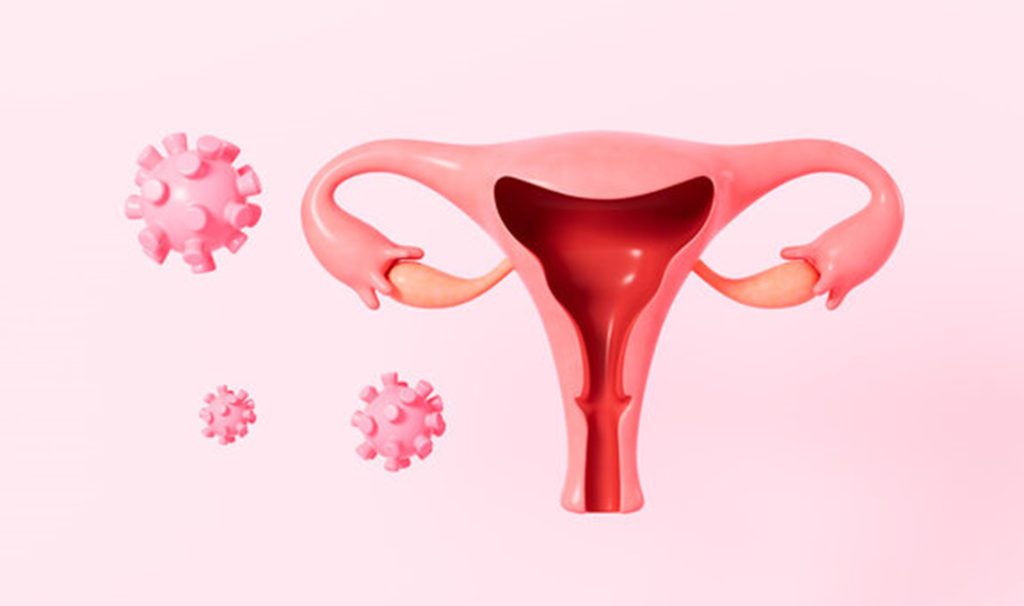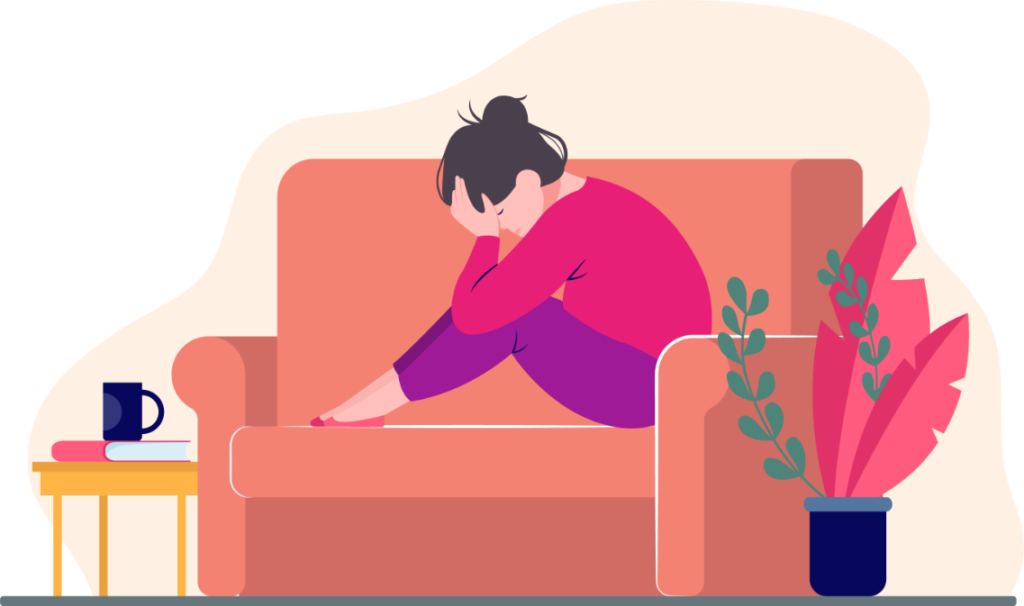Do you feel tired all the time?
Mood swings come and go like the tides. Your period is irregular and excruciating. Yet doctor after doctor tells you everything looks normal.
You start to wonder if it’s all in your head. The unfortunate truth is that millions of women suffer from reproductive disorders that go undiagnosed or misdiagnosed for years.
It’s time to break the silence and shed light on these hidden conditions impacting women’s health and well-being. Knowledge is power, and there are answers and treatments out there if you know where to look.

Endometriosis: The Silent Epidemic Impacting 1 in 10 Women
Endometriosis impacts 1 in 10 women, yet many suffer in silence without a diagnosis for years. This disorder occurs when tissue similar to the lining of the uterus grows outside of the uterus, often on the ovaries, fallopian tubes, and pelvic lining. The result is painful periods, pain during sex, infertility, and digestive issues.
If your periods are so painful you dread their arrival or regularly miss work or school, you may have endometriosis. The severity of symptoms does not indicate the severity of the condition. Some women with milder symptoms may have advanced endometriosis, while those with debilitating pain may have minimal disease.
A laparoscopy, a minimally invasive surgery, is the only way to definitively diagnose endometriosis. Don’t settle for a prescription for birth control pills or pain meds. See a gynecologist, preferably one specializing in endometriosis and pelvic pain. They can properly assess your symptoms, medical history, and risk factors to determine if a laparoscopy is needed.
Treatment options include hormonal therapies like birth control pills or Lupron to suppress menstruation, pain medications, pelvic floor therapy, and excision surgery to remove endometriosis lesions. There is no cure, but with proper treatment, most women can significantly reduce painful symptoms and increase their fertility.
The impact of endometriosis is far-reaching. Don’t suffer in silence. Find the right doctor, get the right diagnosis, and explore treatment options so you can reclaim your life from the pain and disruption of this silent epidemic. There is hope and healing.
PCOS: Beyond Just Acne and Irregular Periods
PCOS affects about 1 in 10 women, though many don’t even know they have it. Beyond just irregular periods and acne, PCOS can impact fertility and long-term health.
If your cycles are very long (35 days or more) or irregular, and you struggle with excess facial or body hair, you may have PCOS. Many women also deal with weight gain, acne, and thinning hair. PCOS occurs when the ovaries produce more androgens, male sex hormones, than normal. This hormonal imbalance can interfere with the development and release of eggs.
The most common symptoms are:
- Irregular or absent menstrual cycles
- Excess facial and body hair (hirsutism)
- Acne
- Weight gain and difficulty losing weight
- Thinning hair or hair loss
- Infertility or difficulty getting pregnant
Left unmanaged, PCOS can lead to serious health issues like diabetes, heart disease, and endometrial cancer. The good news is PCOS is manageable through lifestyle changes and medication. Losing excess weight, eating healthy, and exercising regularly can help balance hormones and regulate your cycle. Birth control pills are often prescribed to reduce symptoms, and fertility treatments are available when you’re ready to conceive.
Don’t suffer in silence. Talk to your doctor about any symptoms you’re experiencing and get the treatment you need. While PCOS is a lifelong condition, the impacts can be minimized so you can live a happy, healthy life. There are many resources and support groups to help you feel less alone on your journey.
Adenomyosis: When the Uterine Lining Grows Into the Muscle Wall
Adenomyosis occurs when the endometrium, the inner lining of the uterus, grows into the myometrium, the thick muscular wall of the uterus. This can cause heavy, painful periods and chronic pelvic pain.
With adenomyosis, the endometrial tissue spreads into the myometrium, causing the uterine wall to thicken. The displaced endometrial tissue continues to act normally by thickening, breaking down, and bleeding during each menstrual cycle. This can make menstrual cramps (dysmenorrhea) worse and periods heavier. You may notice blood clots during your period or flooding through sanitary protection.
Some possible symptoms of adenomyosis include:
- Heavy or prolonged menstrual bleeding
- Severe cramping or pelvic pain during menstruation
- Chronic pelvic pain
- Pain during sex
- Bloating
Adenomyosis often occurs in women between 30 to 50 years old who have had children. The cause is unknown, but it may be linked to childbirth or uterine surgery trauma. Adenomyosis cannot be cured, but there are treatments available to manage symptoms and improve quality of life such as hormonal contraceptives, endometrial ablation, or hysterectomy.
If you experience these symptoms, see your doctor. They can review your symptoms, and medical history and conduct tests like ultrasound or MRI to determine if adenomyosis or another condition may be the cause. Catching and properly diagnosing adenomyosis early can help prevent symptoms from worsening over time and allow you to explore treatment options to manage this disorder.
So don’t suffer in silence. Knowledge is power, and understanding these reproductive health issues can help you get the treatment and support you need. Talk to your doctor right away if you experience painful periods, trouble getting pregnant, or any symptoms that don’t seem right.
There are many resources and communities to help you through the diagnosis and treatment process. You don’t have to deal with this alone. While these disorders may be unrecognized, the impact on your health and quality of life is very real. Speak up, ask questions, and advocate for your health and well-being. There is hope and help.







